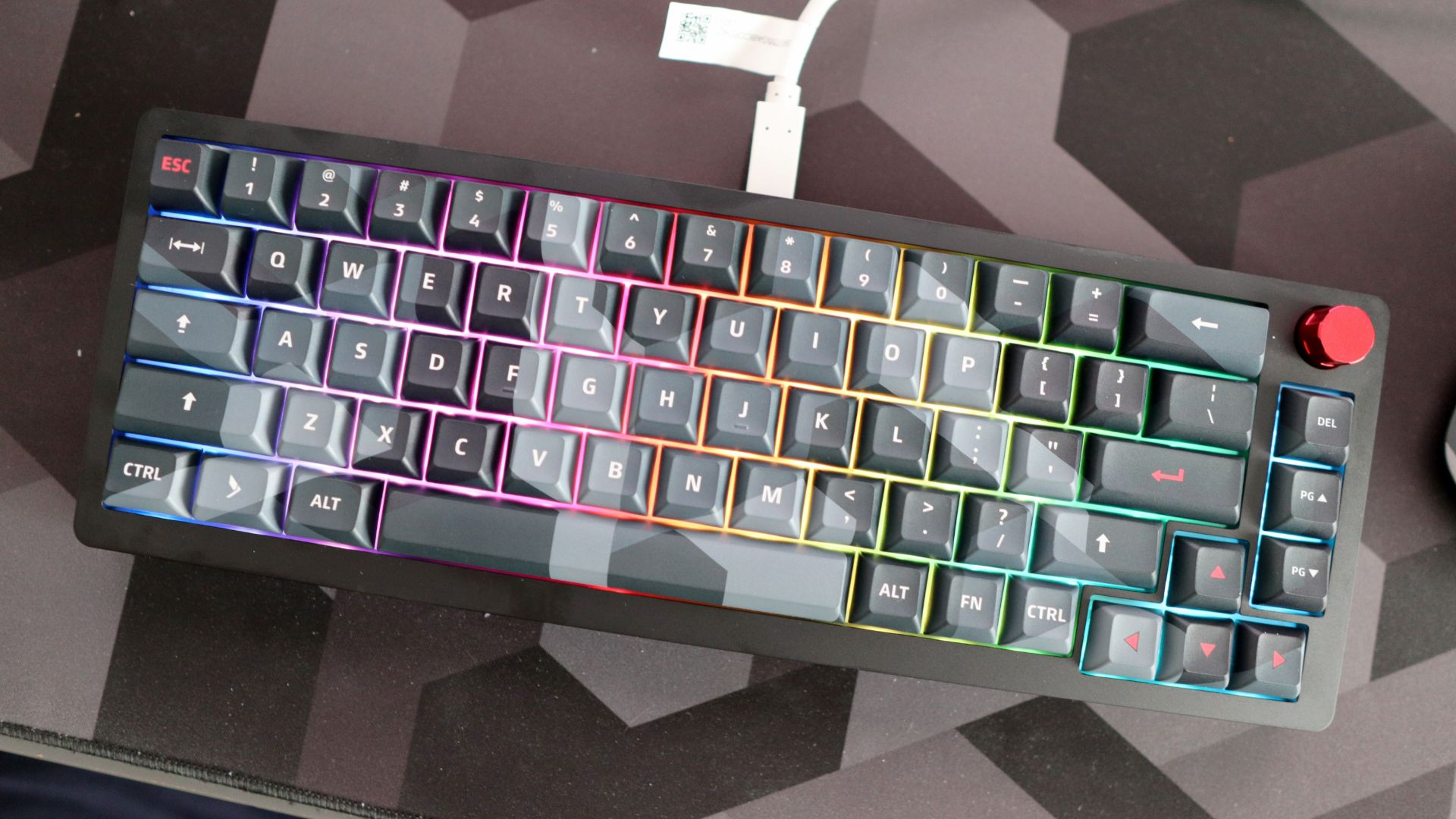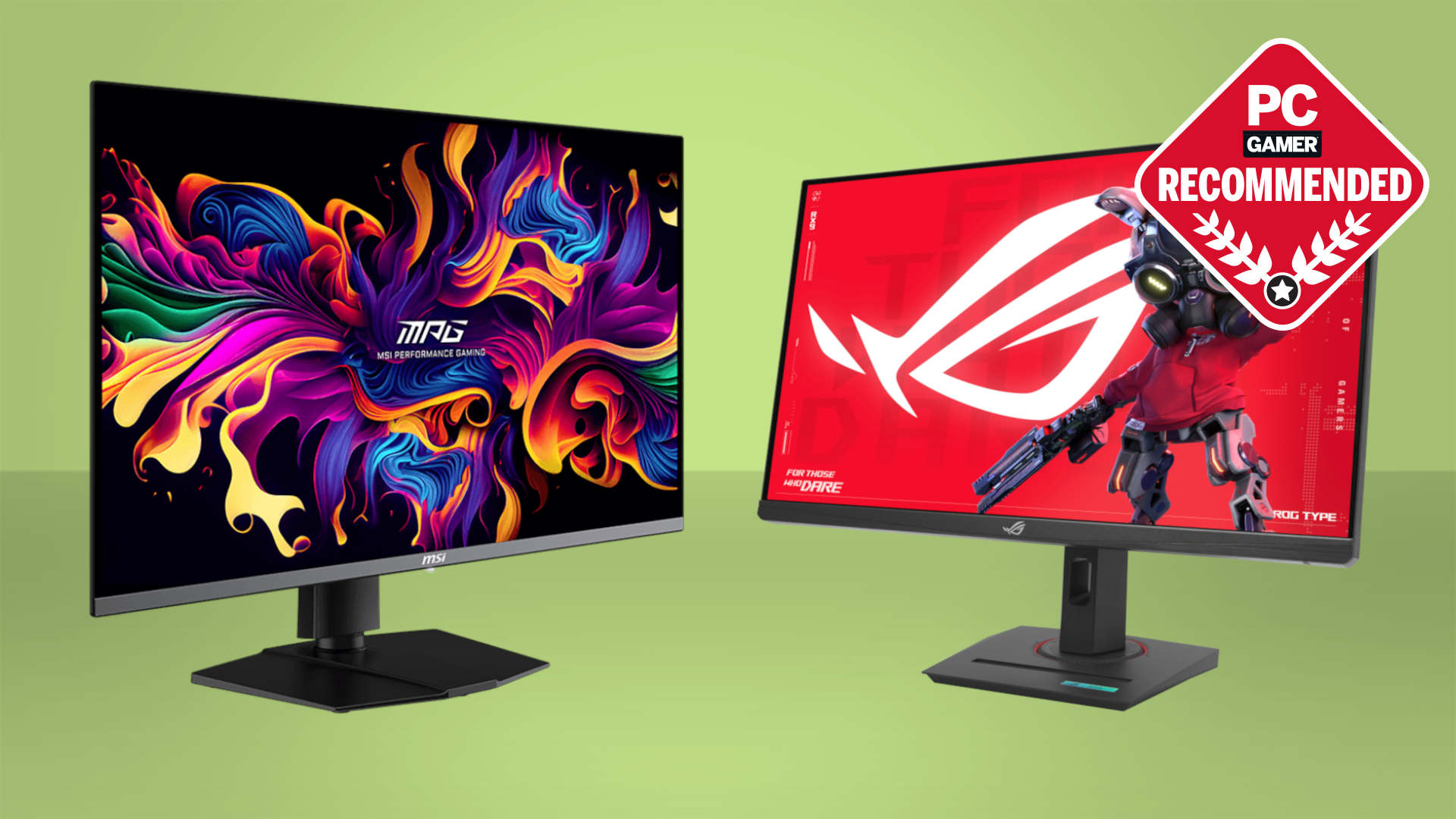Our Verdict
A mechanical keyboard that, by and large, fails to live up to its lofty claims—it looks and feels good, but those switches are meagre under finger.
For
- Sturdy aluminium chassis
- Smart looks with dye-sub PBT keycaps
- Simple and easy software configuration
Against
- Purely wired connectivity may not be enough for power users
- Others do it a lot cheaper
- Gateron Red switches don't feel good
PC Gamer's got your back
The Das Keyboard DeltaForce 65 is probably one of the most long-awaited keyboards in my possession. No, that isn't a joke—I've been waiting to get my hands on it for the best part of a year since its initial announcement.
Therefore, it comes with quite high expectations, and for good reason, too. Das has been one of those manufacturers, like Filco and Ducky, who've been in the business for a long time. For most of that time, they stuck to a tried-and-tested formula that worked: big and chunky full-size layout keyboards with reputable Cherry MX switches that were designed for typists and professionals first. The excellent Das Keyboard 6 Professional is a prime example of that today.
The DeltaForce 65 marks one of the first instances where the apple has fallen far from the tree. For starters, as the name suggests, this is a 65 percent layout keyboard, coming with a much smaller layout than Das fans will be used to, but it is nonetheless a trendy option that trades functionality for more desk space. You do still get arrow keys and a small nav cluster on the right side, as well as a red dial for volume control.
Where this keyboard is more Das is with its thick machined aluminium case and sculpted dye-sub PBT keycaps that help the keyboard to feel durable. It's hefty and suffers from no deck flex whatsoever, and in typical fashion, could be used as a weapon on any intruders or unsuspecting house plants. In the cyber camo colourway I have here, it looks excellent, and different enough to the sea of other small form factor mechanical keyboards with aluminium cases and PBT keycaps, and that's a very deep sea.
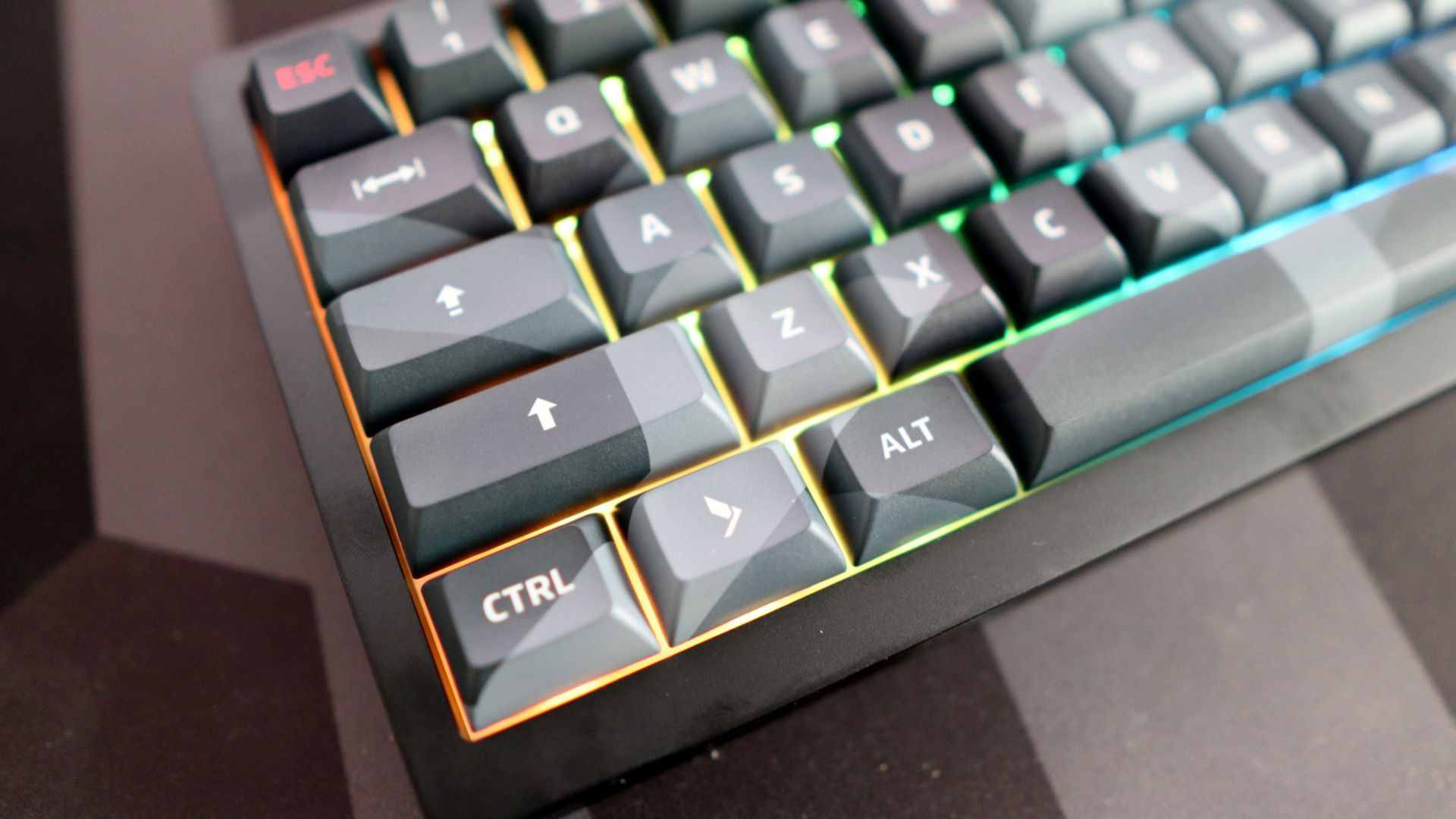
Switch type: Gateron Red
Keycaps: PBT, dye-sub
Lighting: RGB, controllable in software
Onboard storage: None
Extra ports: None
Connection type: Wired
Cable: USB Type-C/USB Type-A, detachable
Weight: 1.77 kg/3.9 lbs
Price: $199
Connectivity is strictly wired from the USB-C to USB-C cable in the box, although for an extra cost, Das will sell you a much better quality 'aviator' style cable that's coiled and braided, giving the 'board some needed retro sensibilities. It does work plug and play without a hitch.
It's inside where I begin to have a problem with the DeltaForce 65, though. As one of the last remaining brands that were loyal to the once ubiquitous Cherry MX mechanical switches, I hoped this keyboard would be the same; alas, it was not to be. Instead, my sample came shipped with the much cheaper and, to be frank, inferior Gateron Reds.
They're a 45 g linear switch, like the Cherry equivalent, and should be good for fans of lighter, smooth switches to suit both typing and gaming workloads. However, they seem to suffer from some horrible inconsistency in force across the keyboard, so some switches feel lighter or heavier than the ones next to them, as previous clone switches did when I got into the mechanical keyboard as a hobby a decade ago. For the $199 asking price, that really isn't on.
Keep up to date with the most important stories and the best deals, as picked by the PC Gamer team.
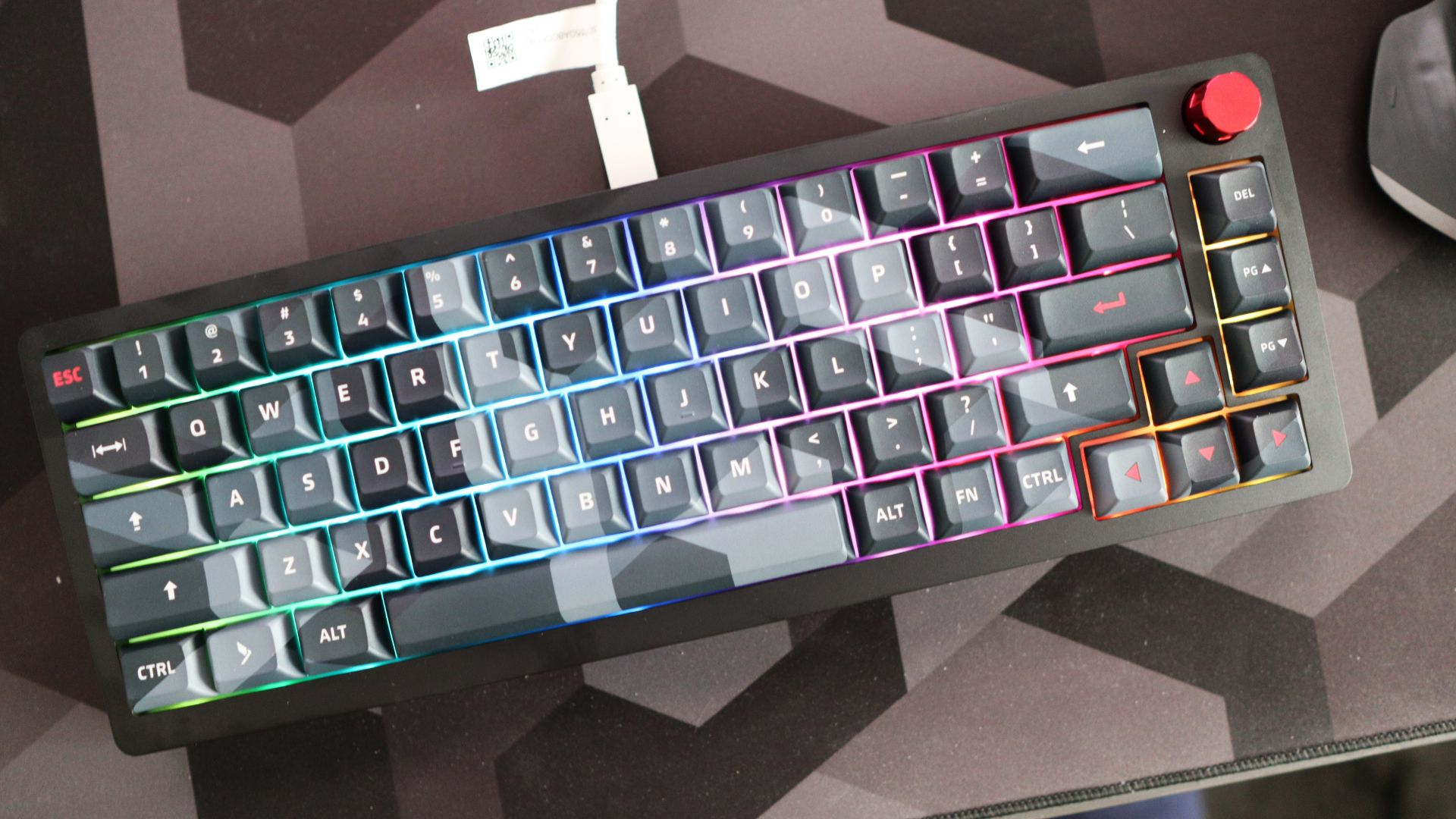
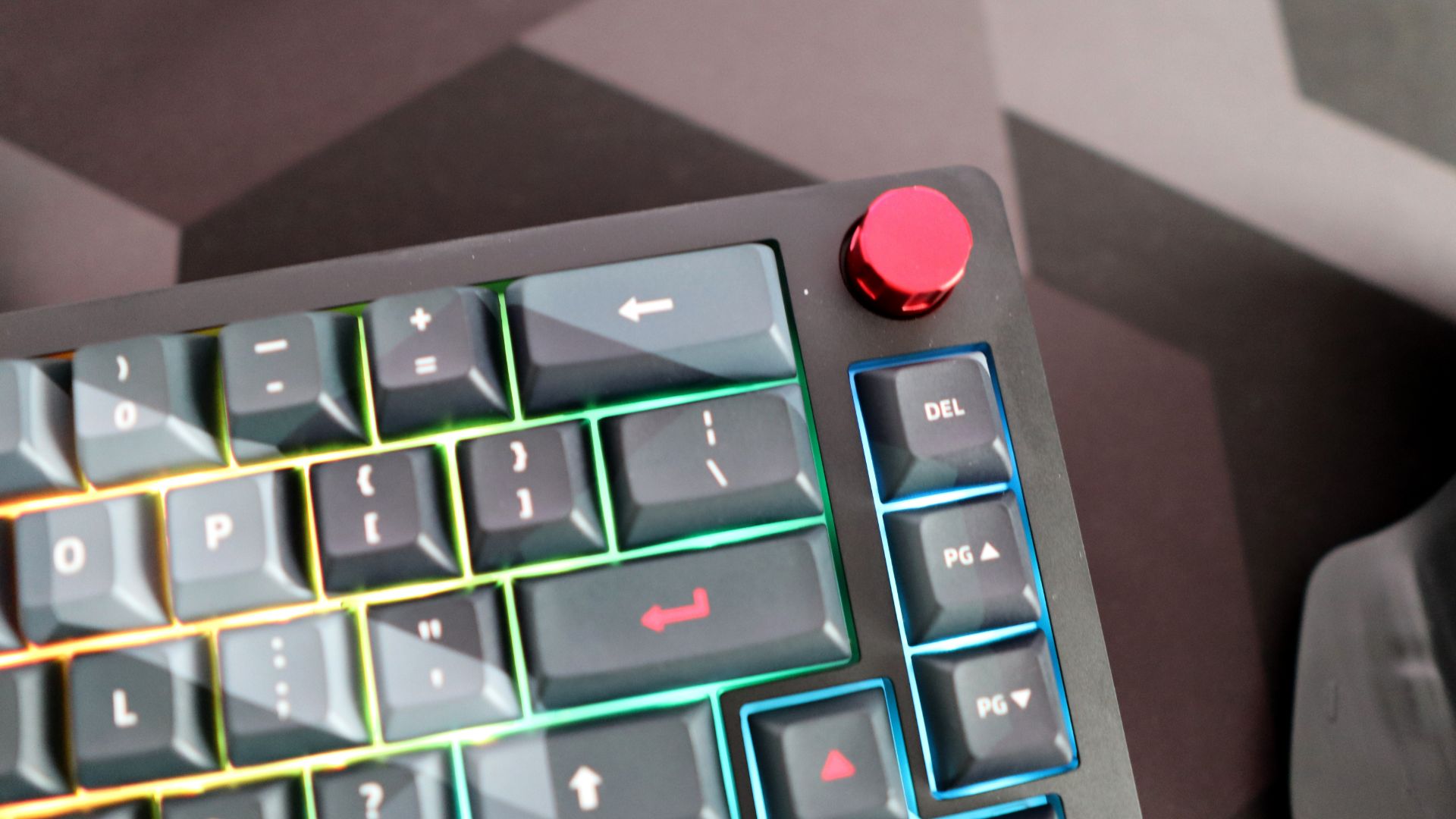

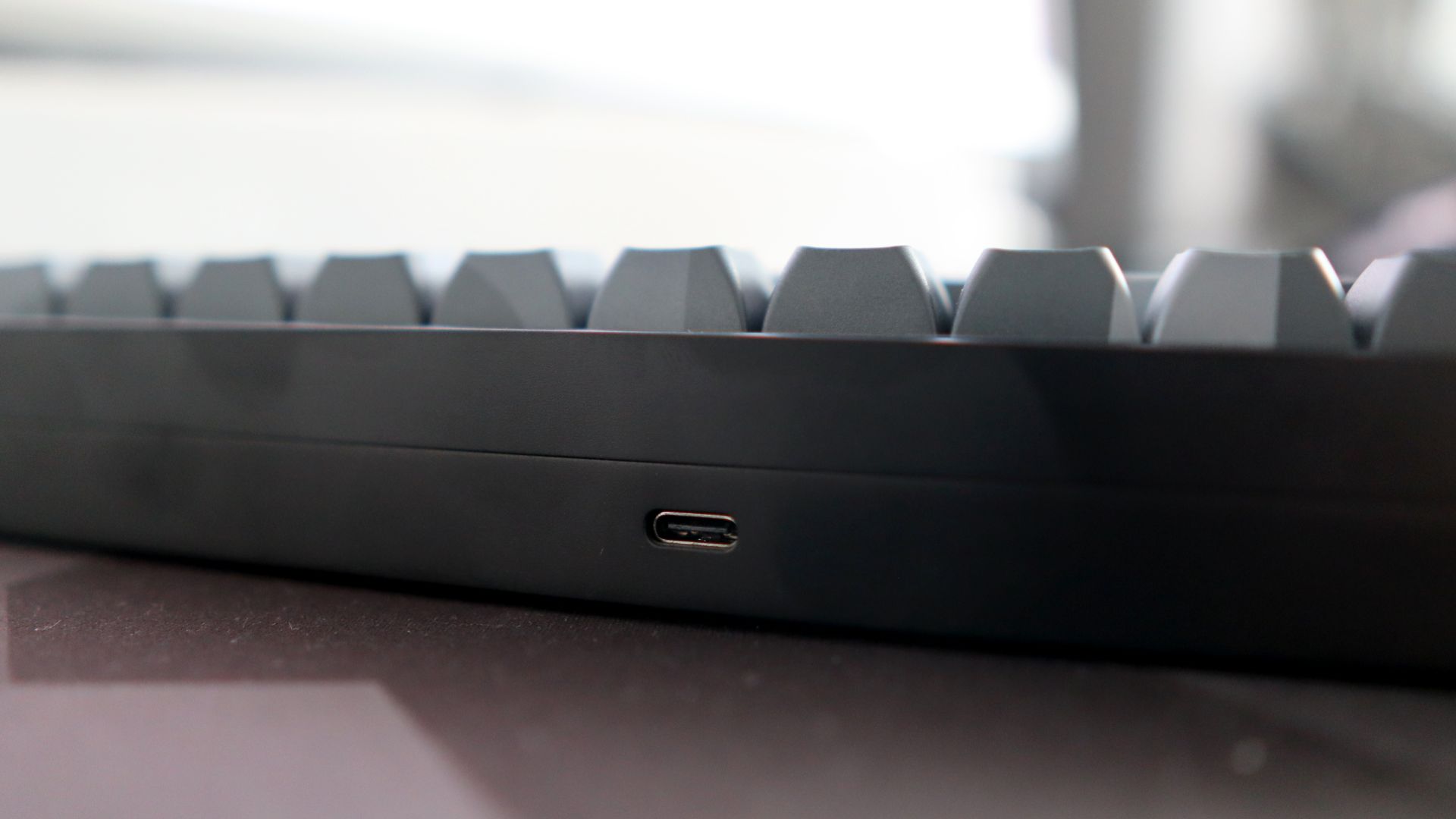

Make no bones about it: they're fine, but that's all I can really say about them. I've used much better linear switches in the past, whether they're clones in the McHose GX87 Ultra, or real Cherry switches in varying forms. I used to use MX Reds many years ago, and had them in a keyboard for the best part of three or four years a while ago before I swapped to the MX Browns and Blues I feel at home with, and these Gaterons don't feel up to snuff.
On the bright side, it is at least hot-swappable, so it is mighty simple to put new switches in if you don't want to use these cheaper Gaterons. For funzies, I put some new MX Northern Lights switches into the DeltaForce 65 that I received in the post a few days prior, and it changed the feeling of the keyboard completely. Gone was the inconsistent and soulless keypress, and it was replaced with much quieter and, more importantly, more consistent inputs that felt more responsive, also thanks to the fact that the DeltaForce 65 is gasket-mounted for an inherently bouncier feel.
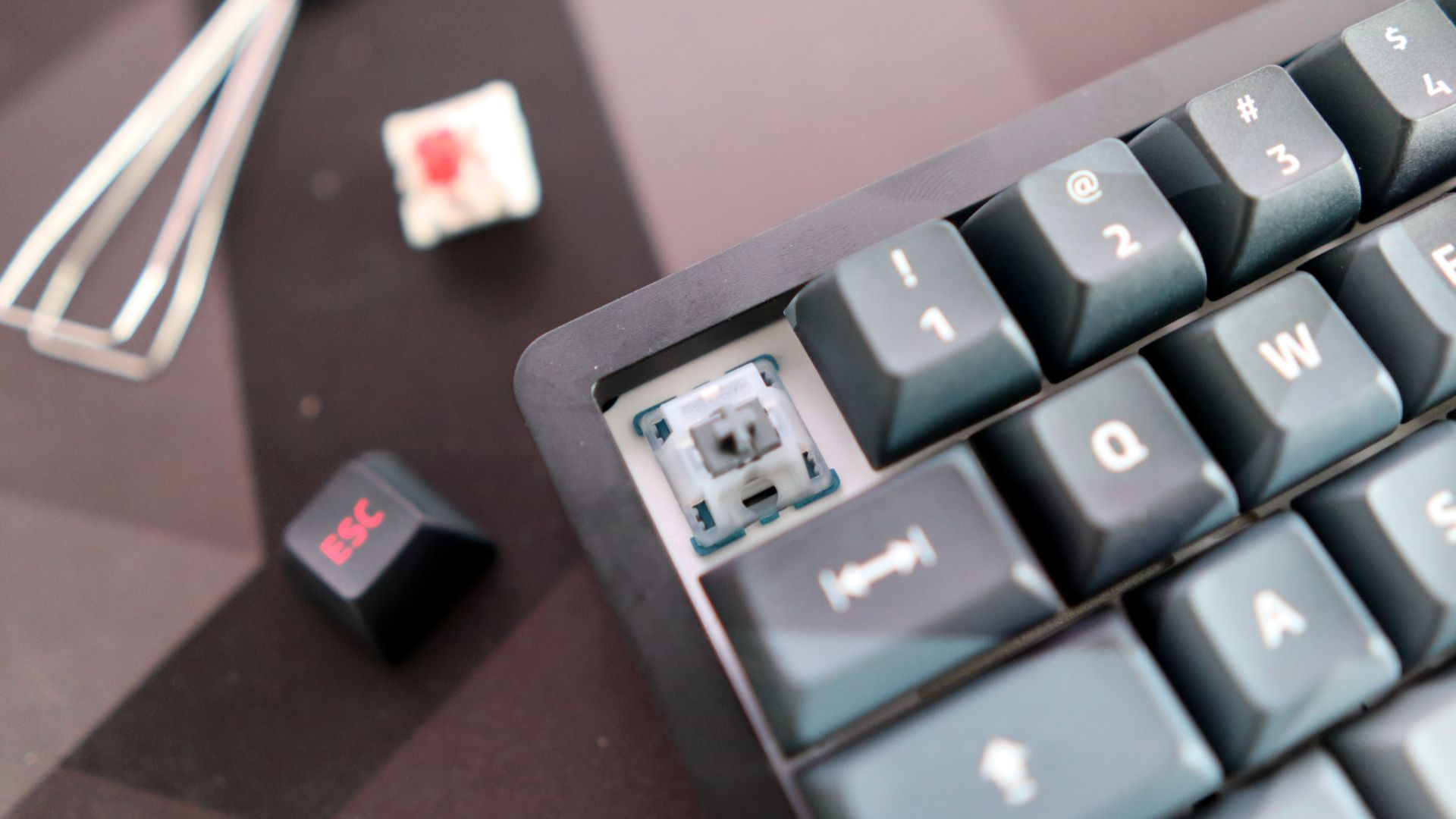
There is software support with the online open-source VIA suite that's favoured by a lot of brands without dedicated apps. This is a simple but effective web-based option for programming macros, remapping keys, and fiddling with the DeltaForce 65's bright RGB lighting. It works well enough and does what most folks will need.
Before I finish this review, I want to address a sneaking suspicion I have about the DeltaForce 65. Everything from the aluminium chassis to the style of the packaging and even the marketing materials on Das' website for this keyboard has a very strong whiff of Keychron about it. I'm not saying that's a bad thing—as the old saying goes, if you can't beat 'em, join 'em—and I've been a longstanding admirer of Keychron for years.
✅ You want a sturdy and smart keyboard: The DeltaForce 65 looks excellent with its aluminium chassis and camo-patterned PBT keycaps that make it quite unique.
❌ You want better switches in a more affordable chassis: This keyboard strongly falls down with its meagre switches out of the box and especially high asking price relative to its competition.
What seems nonsensical is that the DeltaForce 65 offers the Keychron experience, with a different badge on it, for more than both Keychron and their more value-oriented sister brand Lemokey charge. For instance, the truly excellent Keychron Q3 Max adds wireless connectivity, more keys in a TKL layout, and arguably smarter looks with its side-mounted legends, and it's $25 less than the DeltaForce 65.
Or, going away to a different manufacturer entirely, the Ducky Zero 6108 provides the old-style Das experience with a thick and chunky plastic chassis and proper Cherry MX switches (the improved MX2A choices) in a full-size layout with hot-swappable powers and solid wireless connectivity for under $100. Bargain.
My problem with the DeltaForce 65 isn't necessarily the keyboard itself, which might seem like an odd thing to say, but it's the way it's been positioned and marketed as the 'keyboard to buy in 2025'. It is, by look and feel, a well-appointed small form factor option with enthusiast-grade bells and whistles that folks will appreciate, but it is let down by some rotten switches and a quite unattractive price tag.
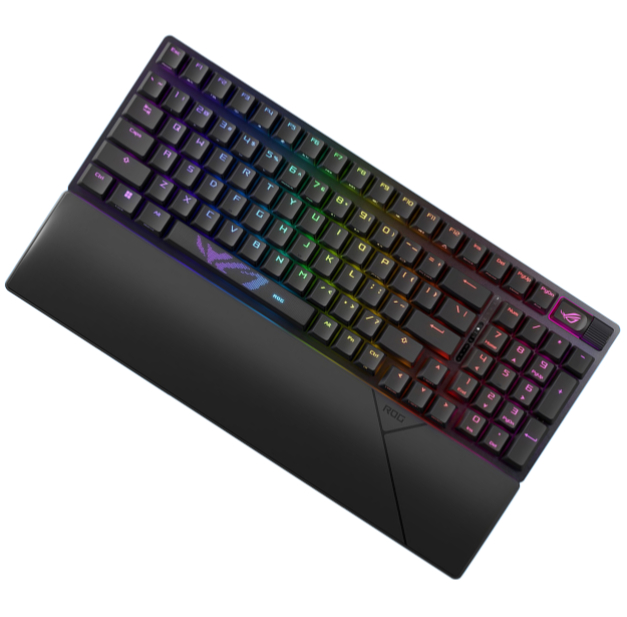
1. Best overall:
Asus ROG Strix Scope II 96 Wireless
2. Best budget:
Gamakay x Naughshark NS68
3. Best mid-range:
Ducky Zero 6108
4. Best rapid trigger:
Wooting 80HE
5. Best wireless rapid trigger:
Keychron K2 HE
6. Best silent:
Be Quiet! Light Mount
7. Best tenkeyless:
Keychron Q3 Max
8. Best low profile:
NuPhy Air60 HE
9. Best ergonomic:
Kinesis Freestyle Edge RGB
10. Best membrane:
Roccat Magma
A mechanical keyboard that, by and large, fails to live up to its lofty claims—it looks and feels good, but those switches are meagre under finger.

Reece Bithrey is a freelance journalist with credits in Trusted Reviews, Digital Foundry, PC Gamer, TechRadar, PCGamesN, and Custom PC magazine reviewing all sorts of computing gubbins, including keyboards, mice, laptops, and more. He also has his own blog, UNTITLED, has bylines for WatchGecko's online magazine, and graduated from the University of Leeds with a degree in International History and Politics in 2023. When not writing, you'll usually find him bellowing at virtual footballers on Football Manager or tinkering with mechanical keyboards.
You must confirm your public display name before commenting
Please logout and then login again, you will then be prompted to enter your display name.
